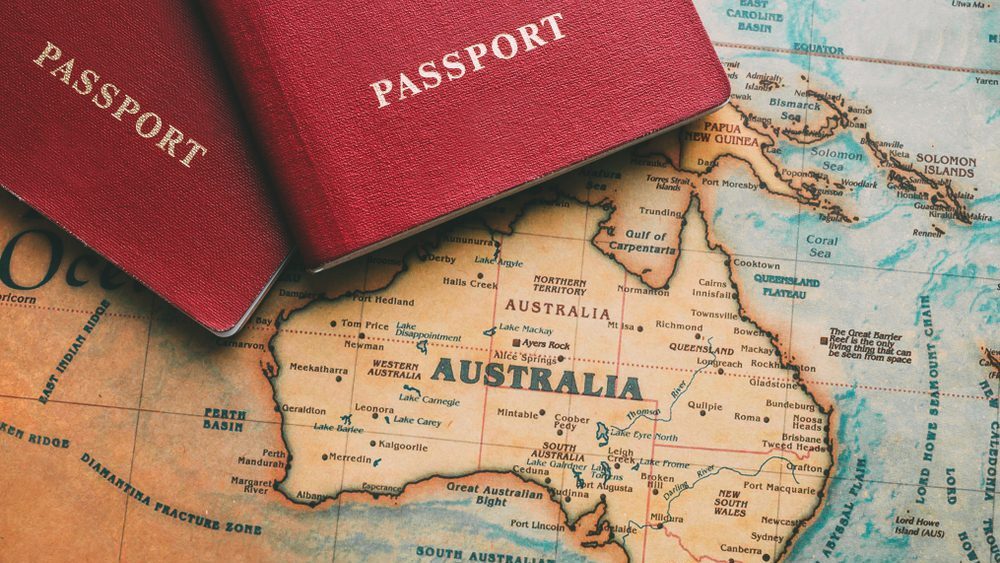
The Australian government is overhauling its immigration strategy. In a Monday, December 11th announcement, it released what it called its “new vision” for its migration system. The so-called ‘Australian model’ of immigration, which bases its admissions on whether new arrivals have something to offer in the labor market, has long been viewed as worthy of emulation by conservative politicians in the West.
Home Affairs Minister Clare O’Neil hailed the new strategy as “the biggest reforms to migration in a generation.” Its main aim is the halving of net migration over the next two years, bringing immigration figures back to pre-COVID levels.
Today I launched the Albanese Government’s Migration Strategy with @andrewjgiles, along with @unionsaustralia and the @BCAcomau.
— Clare O'Neil MP (@ClareONeilMP) December 11, 2023
This is a major step forward in reforming Australia’s broken migration system with the biggest reforms to migration in a generation. pic.twitter.com/4rlXqkoGZ7
The overhaul had been foreshadowed by Australia’s Prime Minister Anthony Albanese on Saturday when he said immigration had to be brought back to a “sustainable level” and that this was “a response to the fact that the system is broken.”
Between June 2022 and June 2023, the annual intake of immigrants reached a record high of 510,000, which authorities say puts too much pressure on for example housing.
To slash that number, the country would be imposing tougher tests on overseas students and turning away workers with low skills.
Australia’s plans should reduce net migration to 375,000 as early as next year and to 250,000 by 2025.
According to O’Neil, the influx in the past year was mainly due to the arrival of international students. 650,000 foreign students, mainly from Asian countries such as China, India, and Nepal, are enrolled at Australian educational institutions.
A growing number of those students, now numbering 150,000, are staying in Australia thanks to a second study visa. Australia wants to become more strict in granting such visas, awarding them only to students who have job prospects and in sectors that experience labor shortages. Stricter English language requirements and university entrance tests would also serve to limit the arrival of new international students.
In pre-COVID times, around 250,000 immigrants entered Australia annually, in a country with a population of 25 million. During the pandemic, Australia closed its borders, which were only reopened in 2022 following the Australian Labor Party’s winning a parliamentary majority that same year. Given Australia’s aging population and rebounding economy, leading to labor market shortages, one of parliament’s aims was to again allow some labor immigration.
In September, the government increased the permissible number of immigrants by 35,000 to a maximum of 190,000 per year.
Australia’s policy on asylum seekers, some of whom try to enter the country illegally by boat, remains wholly unchanged. Such migrant boats are turned back once they enter Australian waters, as their occupants receive accommodation in offshore centers as their applications are being processed.
